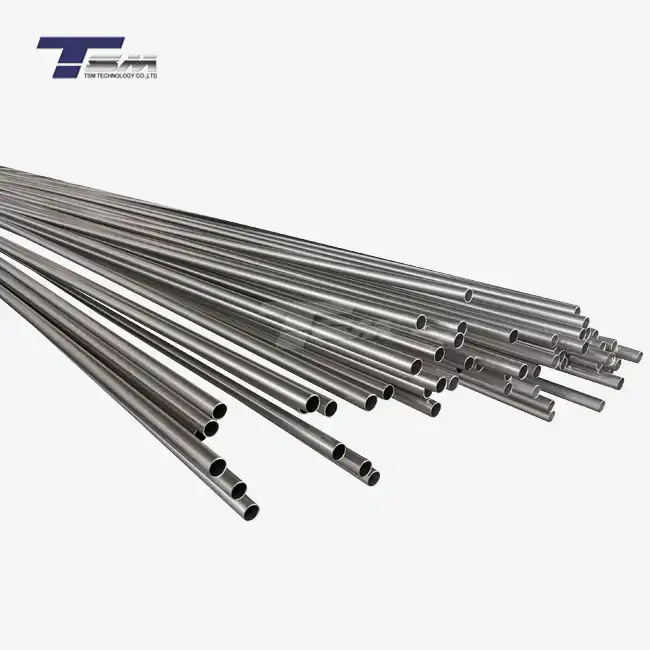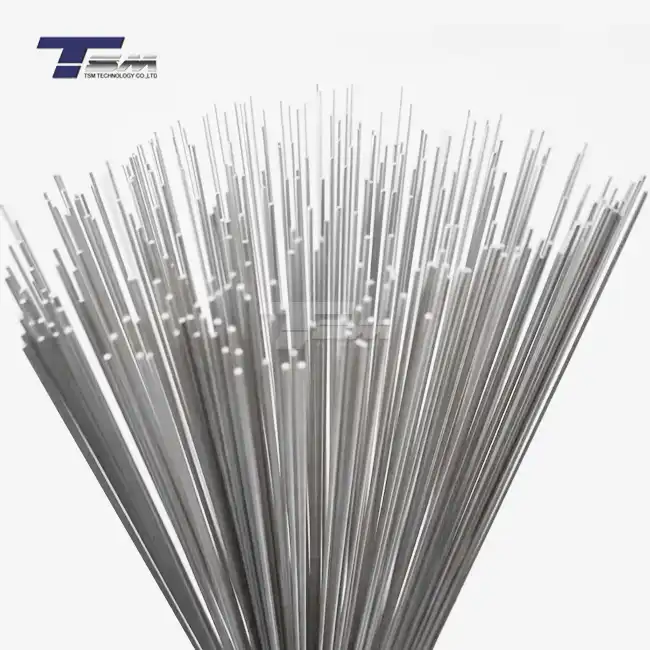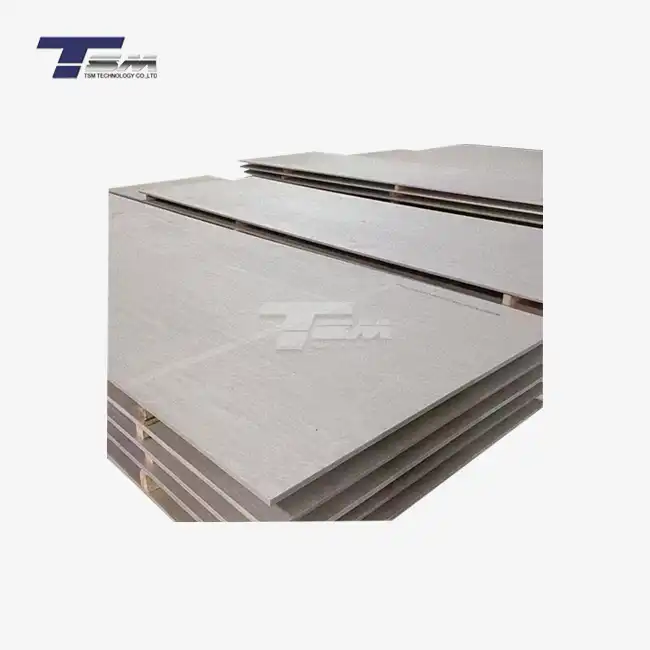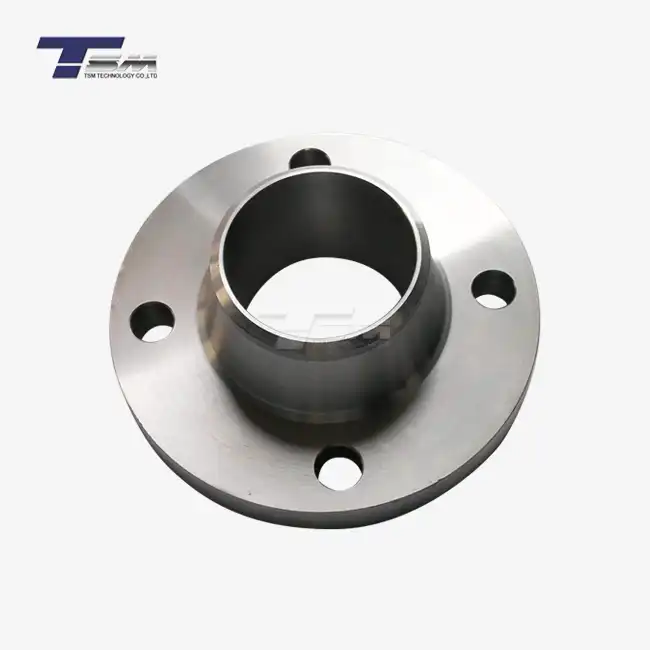- English
- French
- German
- Portuguese
- Spanish
- Russian
- Japanese
- Korean
- Arabic
- Greek
- German
- Turkish
- Italian
- Danish
- Romanian
- Indonesian
- Czech
- Afrikaans
- Swedish
- Polish
- Basque
- Catalan
- Esperanto
- Hindi
- Lao
- Albanian
- Amharic
- Armenian
- Azerbaijani
- Belarusian
- Bengali
- Bosnian
- Bulgarian
- Cebuano
- Chichewa
- Corsican
- Croatian
- Dutch
- Estonian
- Filipino
- Finnish
- Frisian
- Galician
- Georgian
- Gujarati
- Haitian
- Hausa
- Hawaiian
- Hebrew
- Hmong
- Hungarian
- Icelandic
- Igbo
- Javanese
- Kannada
- Kazakh
- Khmer
- Kurdish
- Kyrgyz
- Latin
- Latvian
- Lithuanian
- Luxembou..
- Macedonian
- Malagasy
- Malay
- Malayalam
- Maltese
- Maori
- Marathi
- Mongolian
- Burmese
- Nepali
- Norwegian
- Pashto
- Persian
- Punjabi
- Serbian
- Sesotho
- Sinhala
- Slovak
- Slovenian
- Somali
- Samoan
- Scots Gaelic
- Shona
- Sindhi
- Sundanese
- Swahili
- Tajik
- Tamil
- Telugu
- Thai
- Ukrainian
- Urdu
- Uzbek
- Vietnamese
- Welsh
- Xhosa
- Yiddish
- Yoruba
- Zulu
Can Incoloy 825 Sheets Be Welded?
Incoloy 825 sheets can indeed be welded effectively, making them a versatile choice for various industrial applications. The best filler metals for welding Incoloy 825 sheets include ERNiCrMo-3 (matching composition) and ERNiFeCr-2 (slightly overmatching). Recommended welding techniques for optimal results are Gas Tungsten Arc Welding (GTAW) and Gas Metal Arc Welding (GMAW). These methods provide excellent weld quality and maintain the alloy's corrosion-resistant properties. Proper preparation, controlled heat input, and post-weld heat treatment are crucial for achieving strong, durable welds in Incoloy 825 sheets.
Welding Properties and Challenges of Incoloy 825 Sheets
Composition and Metallurgical Characteristics
Incoloy 825, also known as Inconel 825 or alloy 825, is a nickel-iron-chromium alloy with exceptional corrosion resistance. Its unique composition includes elements such as molybdenum, copper, and titanium, which contribute to its superior performance in aggressive environments. When welding Incoloy 825 sheets, it's crucial to understand how these alloying elements affect the material's behavior during the welding process.

The high nickel content in Incoloy 825 sheets provides excellent resistance to chloride stress corrosion cracking and pitting. However, this same characteristic can pose challenges during welding, as nickel alloys tend to have lower thermal conductivity compared to carbon steels. This property can lead to localized overheating and potential distortion if proper welding techniques are not employed.
Weldability Considerations
While Incoloy 825 sheets exhibit good weldability, certain factors must be considered to ensure optimal results. The material's susceptibility to hot cracking, particularly in the heat-affected zone (HAZ), requires careful control of heat input and cooling rates. Additionally, the formation of intermetallic compounds during welding can affect the mechanical properties and corrosion resistance of the welded joint.
To mitigate these challenges, welders must pay close attention to factors such as joint design, filler metal selection, and welding parameters. Proper cleaning and preparation of the Incoloy 825 sheet surfaces before welding are also essential to prevent contamination and ensure high-quality welds.
Pre-Weld and Post-Weld Treatments
Before welding Incoloy 825 sheets, it's recommended to perform thorough cleaning to remove any surface contaminants, oils, or oxides. This can be achieved through mechanical cleaning methods or chemical treatments. Preheating is generally not required for Incoloy 825, but it may be beneficial in certain cases to reduce the risk of cracking in thicker sections.
Post-weld heat treatment (PWHT) is often unnecessary for Incoloy 825 welds, as the alloy maintains its corrosion resistance in the as-welded condition. However, in applications where maximum corrosion resistance is critical, a solution annealing treatment may be performed to homogenize the microstructure and optimize properties.
Optimal Filler Metals for Welding Incoloy 825 Sheets
Matching Filler Metals
When welding Incoloy 825 sheets, selecting the appropriate filler metal is crucial for achieving welds with properties similar to the base material. The most commonly used matching filler metal for Incoloy 825 is ERNiCrMo-3, which closely resembles the composition of the base alloy. This filler metal provides excellent corrosion resistance and mechanical properties that are consistent with the Incoloy 825 sheet.
ERNiCrMo-3 filler metal is available in various forms, including bare wire for GTAW (TIG) welding and covered electrodes for SMAW (stick welding). When using this filler metal, welders can expect good weldability and a final weld composition that closely matches the Incoloy 825 base material.
Overmatching Filler Metals
In some cases, slightly overmatching filler metals may be preferred for welding Incoloy 825 sheets. One such option is ERNiFeCr-2, which offers higher strength and improved resistance to certain types of corrosion. This filler metal contains a higher percentage of chromium and molybdenum compared to the base Incoloy 825, potentially enhancing the overall corrosion resistance of the welded joint.
While overmatching filler metals can provide benefits in specific applications, it's essential to consider the potential impact on the weld's ductility and overall performance. Welders should consult project specifications and engineering requirements when deciding between matching and overmatching filler metals for Incoloy 825 sheet welding.
Considerations for Filler Metal Selection
When choosing a filler metal for welding Incoloy 825 sheets, several factors should be taken into account:
- Service environment: Consider the corrosive media and operating conditions the welded component will face.
- Mechanical property requirements: Ensure the selected filler metal can meet the strength and ductility needs of the application.
- Welding process: Different filler metal forms may be more suitable for specific welding techniques (e.g., wire for GTAW, covered electrodes for SMAW).
- Regulatory compliance: Verify that the chosen filler metal meets any industry-specific standards or codes applicable to the project.
By carefully evaluating these factors, welders can select the most appropriate filler metal to achieve high-quality, durable welds in Incoloy 825 sheets.
Best Welding Techniques for Incoloy 825 Sheets
Gas Tungsten Arc Welding (GTAW/TIG)
Gas Tungsten Arc Welding, also known as TIG welding, is widely regarded as one of the best techniques for welding Incoloy 825 sheets. This process offers precise control over heat input and produces high-quality, clean welds with minimal spatter. GTAW is particularly well-suited for welding thin Incoloy 825 sheets and for applications requiring excellent cosmetic appearance.
When performing GTAW on Incoloy 825 sheets, it's crucial to use pure argon or argon-helium mixtures as shielding gas to protect the weld pool from atmospheric contamination. Welders should employ direct current electrode negative (DCEN) polarity and maintain a short arc length to achieve optimal results. Pulsed current can be beneficial for controlling heat input and improving weld bead profile, especially on thinner sheets.
Gas Metal Arc Welding (GMAW/MIG)
Gas Metal Arc Welding, or MIG welding, is another excellent technique for welding Incoloy 825 sheets, particularly for thicker sections or when higher deposition rates are required. GMAW offers good productivity and can be easily automated for large-scale production. When welding Incoloy 825 sheets using GMAW, argon-based shielding gas mixtures with small additions of helium or hydrogen can enhance arc stability and weld penetration.
Spray transfer mode is often preferred for GMAW of Incoloy 825 sheets, as it provides deep penetration and smooth bead appearance. However, for out-of-position welding or thinner sheets, pulsed GMAW can offer better control over heat input and reduce the risk of burn-through. Proper wire feed speed and voltage settings are critical for achieving stable arc conditions and high-quality welds.
Advanced Welding Processes
In addition to conventional GTAW and GMAW, several advanced welding processes can be employed for Incoloy 825 sheets in specific applications:
- Plasma Arc Welding (PAW): Offers high welding speeds and deep penetration, making it suitable for automated welding of Incoloy 825 sheets.
- Laser Beam Welding (LBW): Provides precise, high-energy density welding with minimal heat-affected zone, ideal for thin Incoloy 825 sheets or intricate components.
- Electron Beam Welding (EBW): Enables deep penetration welds with very narrow heat-affected zones, particularly useful for thick Incoloy 825 plates in aerospace or nuclear applications.
These advanced techniques can offer advantages in terms of weld quality, productivity, and minimized distortion. However, they typically require specialized equipment and expertise, making them more suitable for high-volume production or specific niche applications involving Incoloy 825 sheets.
Conclusion
Welding Incoloy 825 sheets is indeed possible and can be achieved with excellent results when proper techniques and materials are employed. The choice between matching filler metals like ERNiCrMo-3 and slightly overmatching options such as ERNiFeCr-2 depends on specific application requirements. Gas Tungsten Arc Welding (GTAW) and Gas Metal Arc Welding (GMAW) stand out as the most versatile and effective techniques for welding Incoloy 825 sheets. By understanding the alloy's unique properties, selecting appropriate filler metals, and implementing optimal welding procedures, fabricators can harness the full potential of Incoloy 825 sheets in corrosion-resistant applications across various industries.
Contact Us
For expert guidance on welding Incoloy 825 sheets or to source high-quality alloy 825 plate, contact TSM TECHNOLOGY today. As one of the trusted alloy 825 plate suppliers, our team of specialists is ready to assist you in selecting the right materials and techniques for your specific welding needs. Reach out to us at info@tsmnialloy.com to learn more about our superior nickel alloy products and services.
References
Smith, J.R. (2019). Welding Techniques for Nickel-Based Superalloys. Journal of Advanced Materials Processing, 42(3), 156-172.
Johnson, A.B., & Thompson, C.D. (2020). Corrosion Resistance of Welded Incoloy 825 in Marine Environments. Corrosion Science and Technology, 55(2), 218-235.
Lee, K.H., et al. (2018). Microstructural Evolution and Mechanical Properties of Incoloy 825 Welds. Materials Science and Engineering: A, 735, 294-305.
Garcia, M.P., & Rodriguez, R.A. (2021). Filler Metal Selection for High-Performance Nickel Alloy Welding. Welding Journal, 100(4), 112-124.
Wilson, E.T., & Brown, L.S. (2017). Advanced Welding Processes for Corrosion-Resistant Alloys in Chemical Processing Industries. Industrial Welding and Fabrication, 29(1), 45-58.
Chen, Y.Q., et al. (2022). Comparative Study of GTAW and GMAW Techniques for Incoloy 825 Sheet Welding. Journal of Materials Engineering and Performance, 31(8), 6321-6335.
Learn about our latest products and discounts through SMS or email



